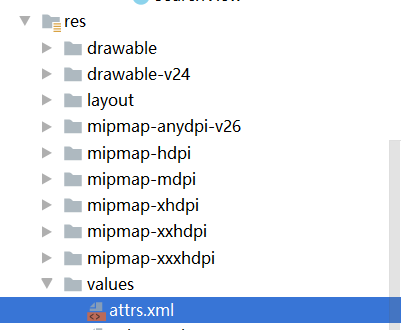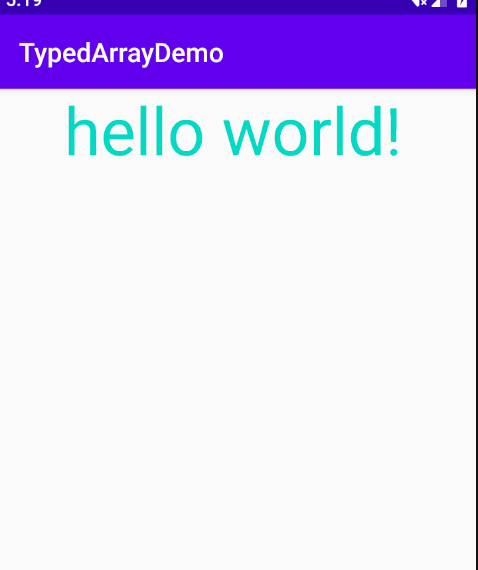概述
有时候android传统的页面布局不足以满足我们的需求,常常需要自己定义view,通常继承View,然后重写构造方法以及onDraw等函数,再具体实现自己定义的复杂view。我们知道在给控件赋属性时,通常使用的是android系统自带的属性,比如 android:layout_height=”wrap_content”,除此之外,我们亦可以自己定义属性,这样在使用的时候我们就可以使用形如 myapp:myTextSize=”20sp” 的方式了
使用
在项目文件res/value下面创建一个attr.xml文件,该文件中包含若干个attr集合

1 |
|
其中resource是根标签,可以在里面定义若干个declare-styleable。<declare-styleable name="MyView">中 name(最好与自定义view的名字相同) 定义了变量的名称,下面可以再自定义多个属性,针对<attr name="myTextSize" format="dimension"/>来说,其属性的名称为”myTextSize”,format指定了该属性类型为dimension,只能表示字体的大小。
format 可以指定的类型:
reference 表示引用,参考某一资源ID
string 表示字符串
color 表示颜色值
dimension 表示尺寸值
boolean 表示布尔值
integer 表示整型值
float 表示浮点值
fraction 表示百分数
enum 表示枚举值
flag 表示位运算
在XML中的使用
1 |
|
注意看 xmlns:app="http://schemas.android.com/apk/res-auto" , 添加了这句,相当于自定义了一个命名空间,这里为 app ,我们就可以直接使用 app:自定义属性 的格式来引用。
实际上也可以这么写: xmlns:app=”http://schemas.android.com/apk/res/完整的包名”, 在res/后面填写包名即可。但是,在Android Studio2.0后,是不推荐这么写的,所以还是用第一种的命名方法。
在在自定义view的代码中引入自定义属性
context 通过调用 obtainStyledAttributes 方法来获取一个 TypeArray ,然后由该TypeArray来对属性进行设置 obtainStyledAttributes 方法有三个,我们最常用的是有一个参数的 obtainStyledAttributes(int[] attrs),其参数直接 styleable 中获得 TypedArray typedArray = context.obtainStyledAttributes(attrs,R.styleable.MyView);
调用结束后务必调用 recycle() 方法,否则这次的设定会对下次的使用造成影响
1 | public class MyView extends View { |
效果

Demo 地址
https://github.com/Commandercc/DemoEX/blob/master/TypedArrayDemo.zip?raw=true